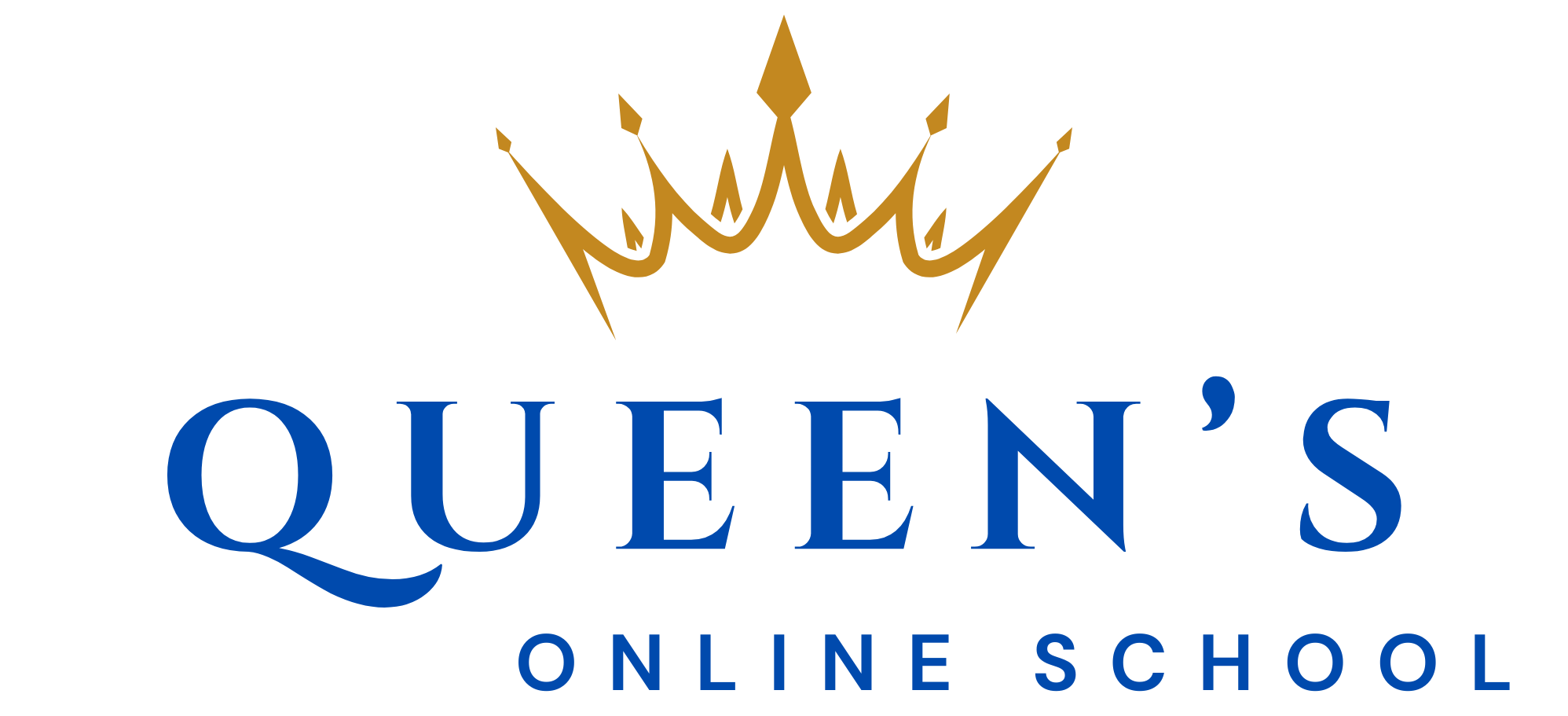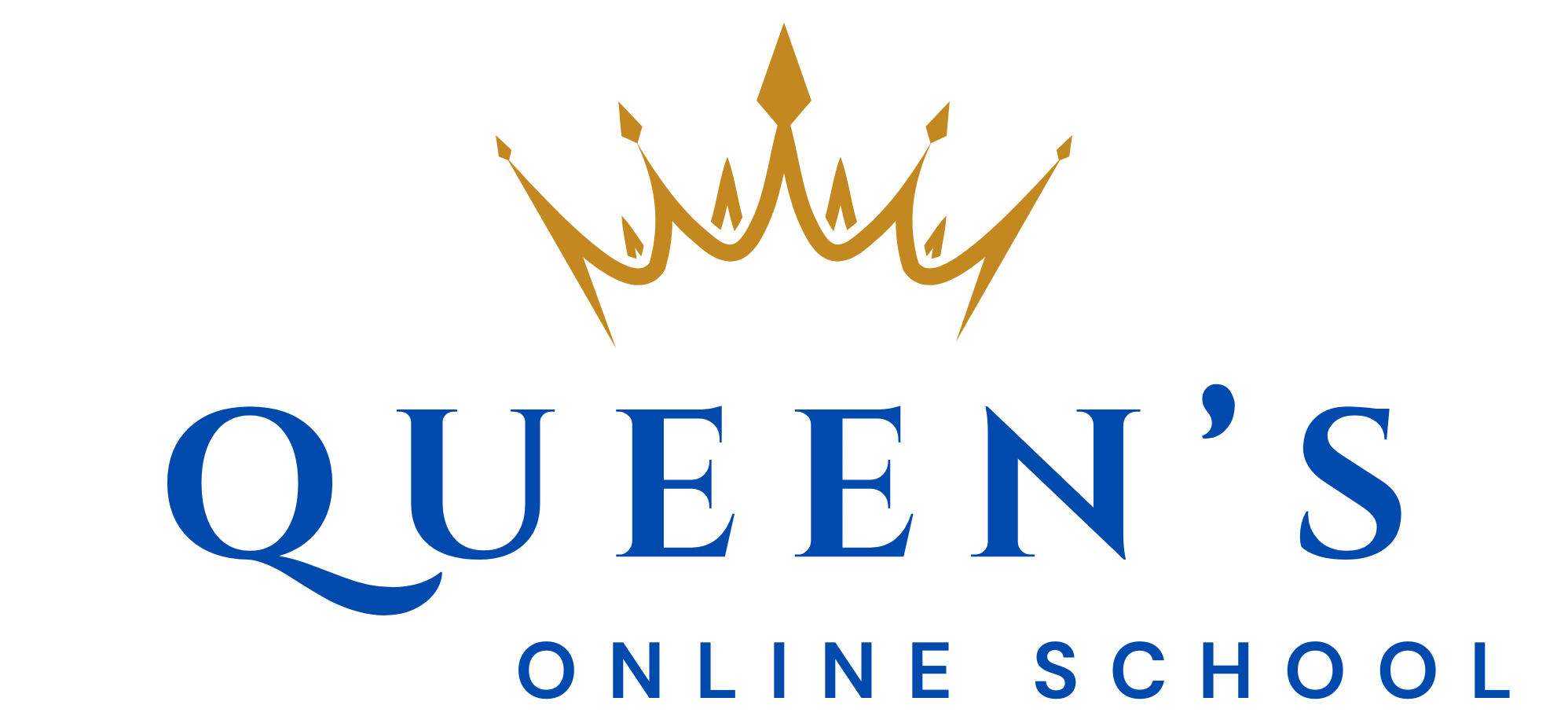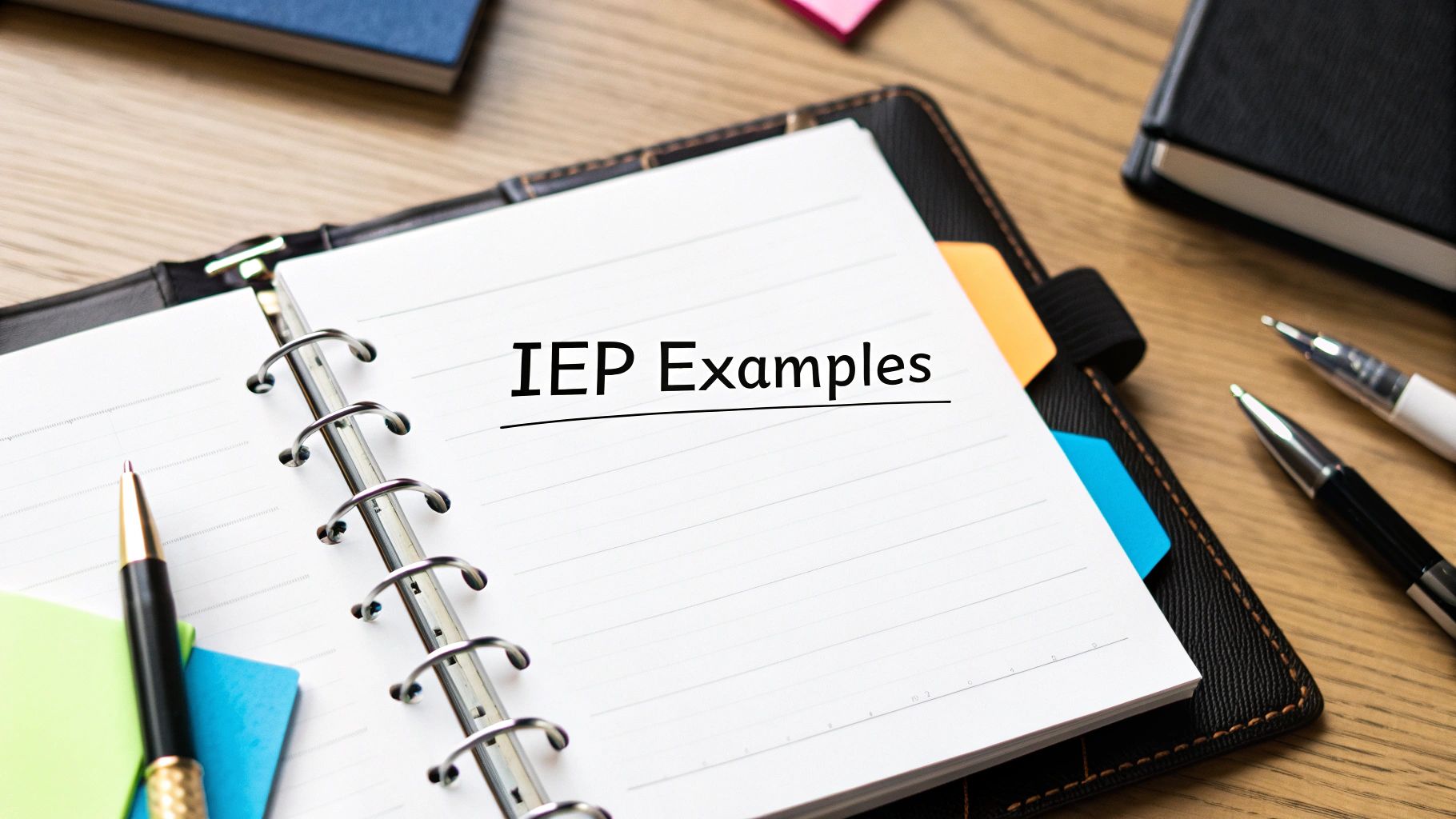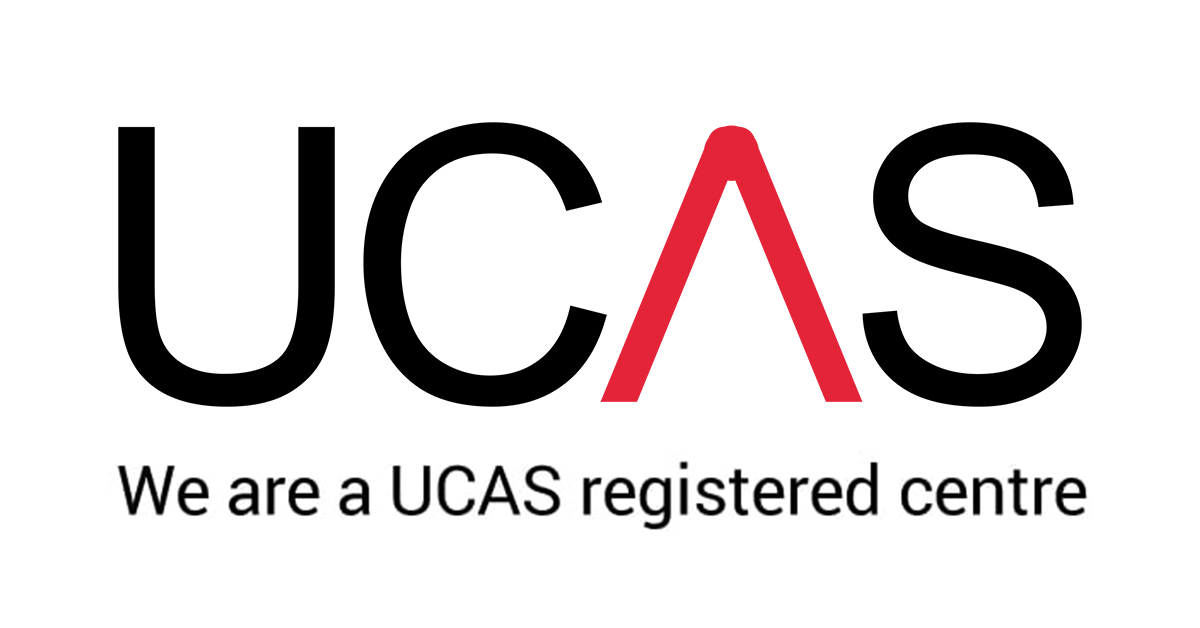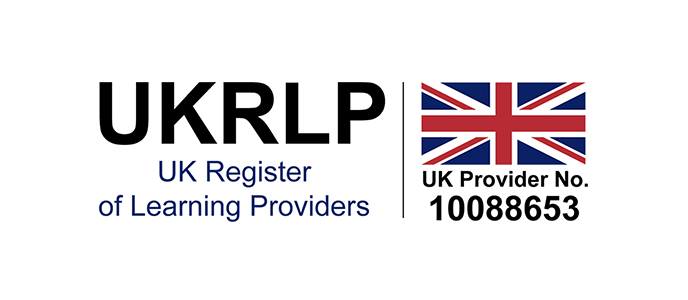An Individualised Education Plan (IEP) is more than just a legal document; it's a roadmap to your child's success, a promise of support, and a testament to their unique potential. For many parents, especially those navigating online schooling or seeking specialist support for SEN or SEMH needs, the process can feel overwhelming. It’s a journey filled with confusing jargon that can leave you wondering, 'What does a good IEP actually look like? How can I ensure it truly captures my child's unique spirit, their needs, and their dreams?'
This guide is designed to provide clarity and confidence by moving beyond generic templates. We will walk through six detailed individualized education plan examples, showcasing real-world strategies that put your child at the heart of everything. Each example is tailored for different needs, from Autism Spectrum Disorder and dyslexia to ADHD, offering practical, emotionally resonant insights to help you advocate for the support your child deserves. We'll break down what makes each plan effective, exploring specific goals, accommodations, and progress measures you can adapt. For a deeper dive into creating an effective framework, you might also explore this guide on a model intervention plan. Let's begin building a plan that allows your child to truly shine.
1. IEP for Autism Spectrum Disorder (ASD)
An Individualised Education Plan (IEP) for a student with Autism Spectrum Disorder (ASD) is a deeply personal document designed to honour their unique way of experiencing the world. It moves beyond standard academic support, creating a holistic framework that integrates communication strategies, social skills development, sensory processing accommodations, and targeted behavioural interventions. At its core, an effective ASD IEP puts the child's well-being and sense of safety at the centre of their educational journey, ensuring they feel understood, respected, and supported.
These plans often incorporate evidence-based practices like structured teaching and principles of Applied Behaviour Analysis (ABA) to create predictable routines and reinforce positive behaviours. Imagine a child who finds social situations overwhelming. A compassionate plan might break down joining a group game into small, teachable steps, starting with just watching, then joining for one minute with a trusted adult. The goal is to build skills incrementally, nurturing their confidence and independence one step at a time.
Strategic Breakdown and Actionable Tips
A powerful ASD IEP is built on specificity and a deep, empathetic understanding of the individual child. Success stories, like the Texas autism IEP pilot programme that saw an 85% improvement in social communication goals, demonstrate the incredible impact of well-defined strategies.
Here are some actionable, child-centred tips:
- Incorporate Special Interests: Weave the child’s passions into learning goals. If a student loves trains, use train schedules for maths problems or books about railways for reading comprehension. This shows them that their interests are valued and makes learning joyful.
- Specify Sensory Accommodations: Clearly detail sensory needs to create a comforting environment. This could include access to noise-cancelling headphones, a wobble cushion for their chair, scheduled movement breaks, or preferential seating away from distracting sounds or bright lights.
- Use Data-Driven Behavioural Goals: Vague goals are ineffective. Instead of "improve behaviour," use a goal that teaches a skill: "When feeling overwhelmed, Michael will use his break card to request a 5-minute quiet time, reducing instances of classroom disruption to fewer than two per day, as measured by a daily behaviour chart."
- Plan for Generalisation: A skill learned in a one-to-one setting must be practised in other environments. The IEP should include a plan for transferring skills from the resource room to the general classroom, the playground, and even home, with support every step of the way.
The following visual summary highlights key data related to crafting these specialised plans.

The data underscores the importance of targeted interventions, as seen in the significant improvement in social communication, a core challenge for many on thespectrum. To explore more strategies for learners with unique needs, you can find a wealth of information about special educational needs on Queens Online School.
The video below offers further insight into how structured support can make a profound difference.
2. IEP for Specific Learning Disabilities (Dyslexia Focus)
An Individualised Education Plan (IEP) for a student with a specific learning disability like dyslexia is a crucial tool that goes far beyond simple reading support. It is a highly-specialised document designed to dismantle the specific barriers to literacy a child faces, brick by brick. The plan focuses on the science of reading, creating a structured, multisensory pathway that builds skills in phonological awareness, decoding, fluency, and comprehension, ensuring the student feels empowered rather than defeated by text.
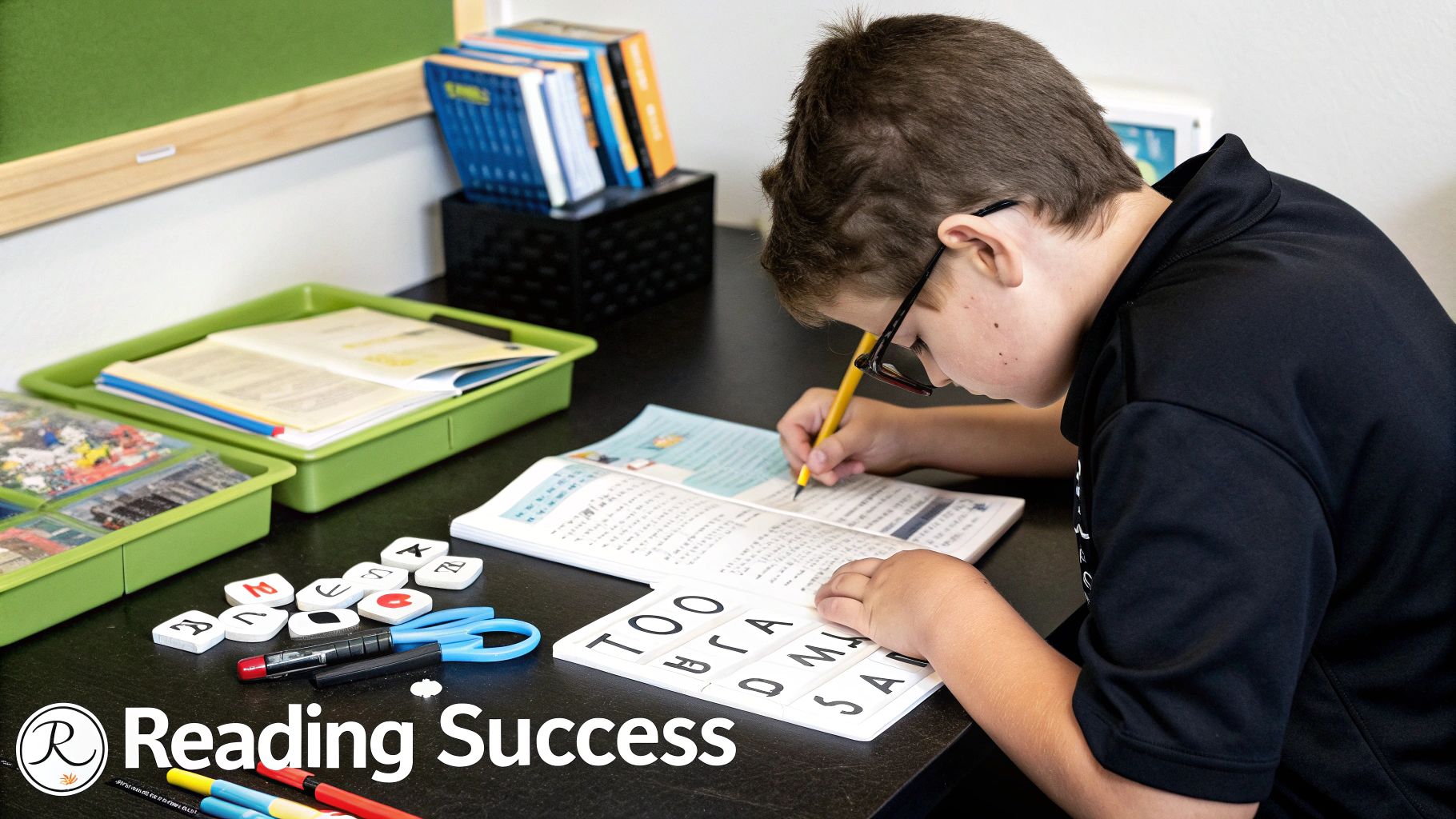
These plans are most effective when they incorporate evidence-based, systematic interventions like the Orton-Gillingham approach. Instead of just giving a child more time to read, the IEP outlines explicit instruction in how sounds and letters connect. Imagine a child tracing letters in a sand tray or using colourful magnetic tiles to build words. This isn't just play; it's engaging multiple senses to forge the neural pathways for reading, building a foundation for lifelong literacy and restoring academic confidence.
Strategic Breakdown and Actionable Tips
A strong dyslexia-focused IEP is built on precise, measurable goals and research-backed methods. Success stories, such as the Fairfax County Schools' dyslexia programme reporting 78% reading improvement rates, highlight how targeted strategies can yield significant results. It's about finding the right key to unlock the code of written language for that specific child, and watching them discover the magic of stories for themselves.
Here are some actionable, child-centred tips:
- Specify Multisensory Teaching Methods: Don't just say "multisensory support." Detail the methods that will make learning tangible: "Using sand trays to practise letter formation" or "employing colour-coded overlays and highlighters to track text." This makes instruction active and engaging.
- Include Specific Reading Level Benchmarks: A goal should be measurable and celebrate progress. Instead of "improve reading," use "Anna will increase her reading accuracy from 85% to 95% on a Grade 2 level text by the end of the term, as measured by bi-weekly running records."
- Address Both Decoding and Comprehension: It's vital to support both skills simultaneously. A student might have a goal to decode CVC (consonant-vowel-consonant) words with 90% accuracy, alongside a goal to joyfully retell the main events after listening to a story read aloud.
- Build in Assistive Technology Training: For students with dyslexia, assistive technology can be transformative. The IEP should include goals for learning to use tools like text-to-speech software or dictation programmes, giving them the freedom to access the curriculum and express their brilliant ideas without being held back by spelling or reading speed. Exploring a guide on the best assistive technology for dyslexia) can provide excellent options to consider.
3. IEP for Attention Deficit Hyperactivity Disorder (ADHD)
An Individualised Education Plan (IEP) for a student with Attention Deficit Hyperactivity Disorder (ADHD) is a crucial framework designed to help them channel their unique energy and creativity. This bespoke document goes beyond simple academic targets to provide a structured, supportive environment where the student can thrive. It acknowledges that ADHD is not a lack of will, but a neurodevelopmental difference that requires specific strategies and compassion. The core purpose of an ADHD IEP is to empower the student, giving them the tools and accommodations needed to focus their attention, organise their brilliant ideas, and shine in the classroom.
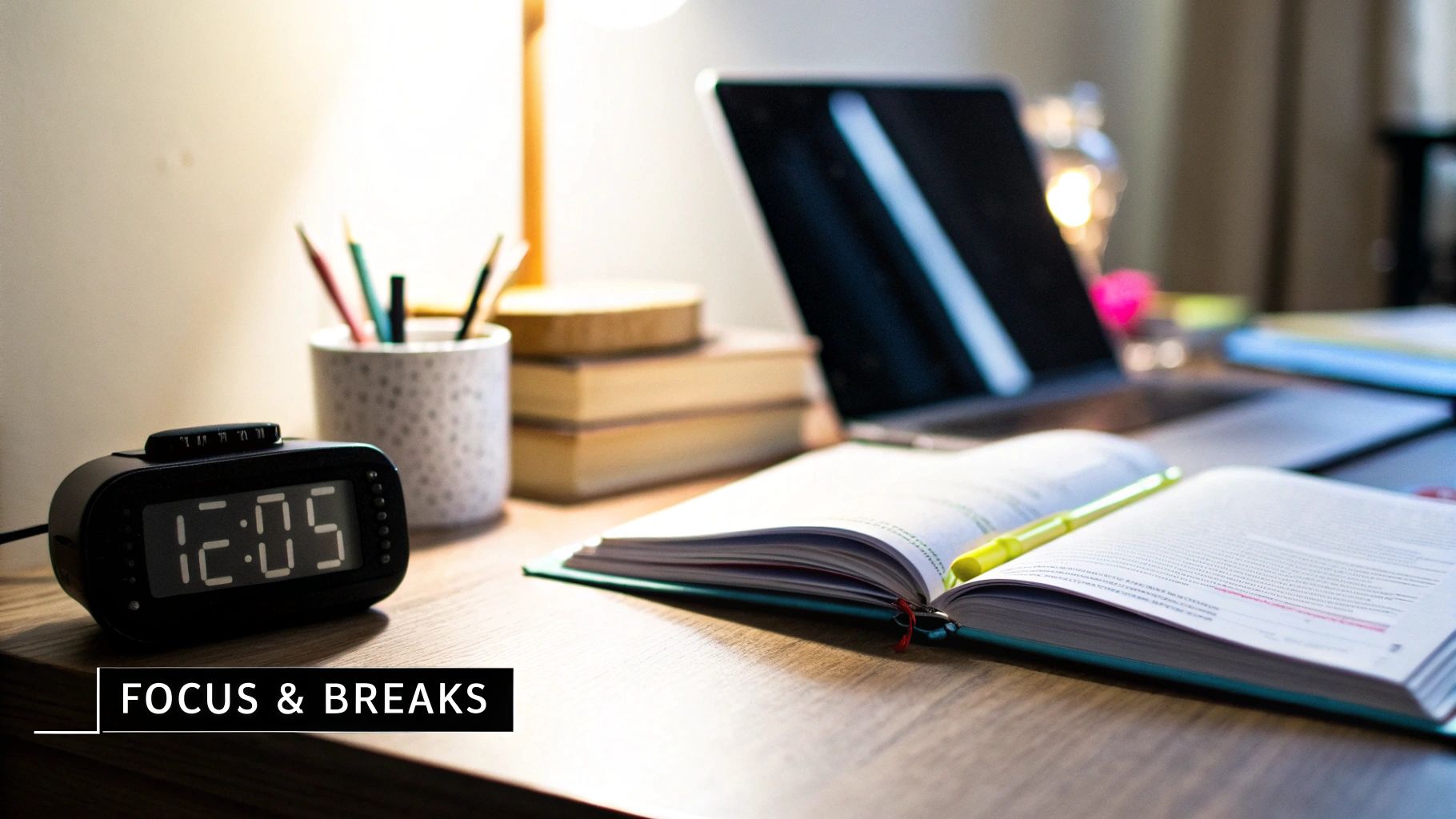
These plans are most effective when they are proactive rather than reactive, focusing on building skills alongside providing accommodations. Instead of just telling a child to "stay on task," an effective IEP provides tools for success. For example, it might outline using a visual timer for assignments and a colourful checklist for a multi-step project. This provides a tangible way for the student to see their progress, feel a sense of accomplishment, and stay engaged.
Strategic Breakdown and Actionable Tips
A well-crafted ADHD IEP translates an understanding of the condition into practical, everyday support. Success stories, such as the Chicago Public Schools' ADHD IEP model which demonstrated a 65% improvement in task completion, highlight the power of targeted and consistently applied strategies. The goal is to build a supportive scaffold that empowers the student to develop their own internal skills.
Here are some actionable, child-centred tips:
- Specify Environmental Accommodations: Detail changes that help the child focus. This could involve preferential seating near the teacher, providing a "focus corner" for independent work, or allowing the use of fidget tools to channel restless energy productively.
- Address Executive Functioning Skills Explicitly: Target skills like planning and organisation directly. A goal could be: "Using a daily planner with colour-coded subjects, Leo will write down all homework assignments with 100% accuracy for 4 out of 5 days, as checked by the teacher before he leaves."
- Build in Self-Monitoring Strategies: Empower the student to become an active participant in their own success. The IEP can include goals for the student to use a self-monitoring chart to track on-task behaviour, with rewards that they help choose. This fosters self-awareness and a sense of control.
- Include Clear Home-School Communication Systems: A strong partnership between home and school is vital. The IEP should specify a system, like a shared daily report book or weekly email, to celebrate successes and work together to address challenges promptly.
4. IEP for Intellectual Disabilities
An Individualised Education Plan (IEP) for a student with an intellectual disability is a profoundly important document that shifts the focus from purely academic milestones to functional, real-world competence. It is designed to empower the student with the practical skills needed for a fulfilling and independent life beyond the classroom. The plan centres on the whole person, integrating functional academics, vocational training, social skills development, and daily living skills into a cohesive, hopeful educational journey.
This type of IEP champions the idea that learning must have a direct, tangible purpose. For instance, instead of abstract maths problems, a student might learn to manage a budget for groceries or use a transit app to plan a bus route. Every goal is deeply personalised, ensuring it directly contributes to the student's future well-being, confidence, and ability to participate meaningfully in their community. It’s about building a bridge from school to a life of purpose and connection.
Strategic Breakdown and Actionable Tips
A powerful IEP for intellectual disabilities is built on practical application and future-oriented goals that reflect the student's own hopes and dreams. Success stories, like Vermont's functional IEP model which saw 70% of participants achieve post-graduation employment, highlight the incredible impact of this life-skills focus. The key is to make learning tangible and directly relevant to the student's daily life.
Here are some actionable, child-centred tips:
- Focus on Functional and Practical Skills: Prioritise goals that build independence and confidence. This could include learning to cook a simple meal for their family, using public transport, managing personal finances, or developing a consistent morning routine.
- Include Community-Based Learning: Learning shouldn't be confined to the classroom. The IEP should schedule regular, supervised opportunities for the student to practise skills in real-world settings, such as a local library, supermarket, or a volunteer position that aligns with their interests.
- Start Transition Planning Early: The conversation about life after school should begin in the early teenage years, not just the final year. This involves setting long-term goals for employment, housing, and community involvement that honour the student's own aspirations.
- Use Real-World Contexts for Learning: Embed academic skills within practical, motivating tasks. Use recipes to teach fractions and measurements, or use online shopping sites to practise reading and budgeting skills. This makes learning meaningful and memorable.
The success of these individualized education plan examples hinges on a collaborative approach that deeply involves the student and their family in setting meaningful, life-enriching goals. For expert guidance in crafting a plan that truly supports your child's unique journey, you can get support from a special educational needs consultancy service.
5. IEP for Speech and Language Impairments
An Individualised Education Plan (IEP) for a student with a Speech and Language Impairment (SLI) is a highly specialised document crafted to unlock a child's voice. It addresses a wide range of challenges, from articulation and fluency (stuttering) to language processing and social communication. This plan is not an add-on; it is a fundamental bridge connecting the student's inner world of brilliant thoughts and feelings to the academic and social environments of the school.
The core purpose of an SLI IEP is to integrate targeted speech and language therapy directly into the student's daily educational experience. Rather than treating communication skills in isolation, this approach embeds them within classroom instruction. The goal is that the student can not only produce sounds correctly in a therapy room but also confidently ask a question in science class, share an idea during a group project, or tell a friend a joke at lunch. It is about giving a voice to their personality, fostering confidence and active participation.
Strategic Breakdown and Actionable Tips
An effective SLI IEP moves beyond simple pronunciation drills to focus on functional communication in real-world contexts. Success stories, such as Pittsburgh Public Schools' integrated model that saw 82% of students achieve their speech-language goals, highlight the power of embedding these objectives into the curriculum. This approach helps transform a student's entire educational journey.
Here are some actionable, child-centred tips:
- Integrate Communication with Academics: Link speech goals to classroom subjects to make them meaningful. For example, a student working on narrative skills could practise by enthusiastically summarising a chapter from their favourite book or explaining the steps of a science experiment they enjoyed.
- Specify Assistive Technology: Clearly list any required assistive technology (AT) that can empower the child. This could range from a simple picture exchange communication system (PECS) to a sophisticated speech-generating device or app that allows them to express complex thoughts.
- Include Both Individual and Group Therapy: A balanced approach is crucial. Individual sessions can target specific articulation issues, while small group sessions provide a safe, structured environment to practise the natural back-and-forth of social communication, like turn-taking and staying on topic with peers.
- Plan for Generalisation Across Settings: The ultimate goal is for skills to be used naturally and confidently everywhere. The IEP should outline how the student can practise their communication targets in the playground, the lunch hall, and during group work, ensuring their voice is heard far beyond the therapy room.
6. IEP for Emotional and Behavioural Disorders
An Individualised Education Plan (IEP) for a student with emotional and behavioural disorders (EBD) is a compassionate framework that looks beyond behaviour to see the child's underlying needs. It moves past academics to integrate mental health supports, positive behavioural interventions, and therapeutic strategies, creating a safe and supportive learning environment. At its heart, a well-crafted EBD IEP acknowledges that a child's emotional well-being is the foundation for all academic and social success.
These plans are profoundly individualised, recognising that behaviour is a form of communication—often a cry for help. They incorporate frameworks such as Positive Behavioural Interventions and Supports (PBIS) to proactively teach and reinforce positive behaviours rather than simply reacting to challenging ones. A successful plan transforms the classroom from a place of potential conflict into a space of understanding and growth, where the student feels seen, safe, and supported.
Strategic Breakdown and Actionable Tips
A powerful EBD IEP is built on a deep, empathetic understanding of the child’s struggles. Success stories, such as Missouri's positive behaviour support IEP model which saw a 75% reduction in office referrals, highlight the effectiveness of proactive strategies. Oregon’s trauma-informed IEP approach has also shown significant improvements in school engagement by addressing the root causes of behaviour.
Here are some actionable, child-centred tips:
- Conduct a Thorough Functional Behavioural Assessment (FBA): Before setting goals, an FBA is essential to understand the "why" behind a behaviour. It helps uncover the triggers and the function the behaviour serves for the child, allowing the team to create interventions that meet the real need.
- Include Positive Behaviour Support Strategies: Focus on teaching replacement skills. Instead of a negative goal like "student will not shout out," use a proactive, supportive goal such as, "When feeling frustrated, Sarah will use her 'calm-down' card to ask for a 2-minute break, achieving this in 4 out of 5 opportunities."
- Address Underlying Mental Health Needs: The IEP must support the student’s mental health. This includes building in time for counselling or check-ins with a trusted adult who can offer a listening ear and unconditional support. Beyond structured plans, parents can find valuable parenting tips to cultivate emotional balance, which is essential for creating a safe harbour at home.
- Coordinate with Outside Providers: Ensure seamless communication between the school team and any external therapists. This creates a consistent "wraparound" support system for the student, ensuring they feel held and understood by all the adults in their life.
By focusing on support over punishment, these individualised education plan examples empower students to develop self-regulation and find success. For additional resources, you can learn more about parent support on Queens Online School.
IEP Examples Comparison Matrix
| IEP Type | Implementation Complexity 🔄 | Resource Requirements ⚡ | Expected Outcomes 📊 | Ideal Use Cases 💡 | Key Advantages ⭐ |
|---|---|---|---|---|---|
| IEP for Autism Spectrum Disorder (ASD) | High: Requires specialist training and coordination | Intensive: Multiple professionals, materials | Significant improvements in social communication | Students with autism needing communication & behavior support | Highly individualized, evidence-based autism interventions |
| IEP for Specific Learning Disabilities (Dyslexia Focus) | Moderate to High: Specialized reading training needed | Moderate: Assistive tech and one-on-one instruction | Improved reading fluency and decoding skills | Students with dyslexia and reading-based challenges | Scientifically-based reading research, multisensory methods |
| IEP for Attention Deficit Hyperactivity Disorder (ADHD) | Moderate: Consistent implementation and training required | Moderate: Behavioral supports, environmental modifications | Better task completion and executive functioning | Students with ADHD needing behavior and organizational supports | Addresses executive function, includes behavioral supports |
| IEP for Intellectual Disabilities | High: Extensive community partnerships & curriculum adaptation | High: Vocational and functional skill resources | Improved independent living and post-secondary success | Students with intellectual disabilities focusing on life skills | Focus on practical life skills and transition planning |
| IEP for Speech and Language Impairments | Moderate: Requires certified speech-language pathologists | Moderate: Therapy services and assistive devices | Quick measurable progress in communication skills | Students with articulation, language, or fluency disorders | Integrates therapy and academics, improves social interaction |
| IEP for Emotional and Behavioral Disorders | High: Behavioral expertise and frequent revisions needed | High: Mental health, counseling, crisis resources | Reduced behavioral incidents and improved engagement | Students with emotional disturbances and behavioral challenges | Combines therapeutic and educational interventions |
Your Next Steps: Championing Your Child's Educational Journey
Navigating the world of special education can feel like a lonely road, but as we've explored through these detailed examples, an Individualised Education Plan is more than a document; it's a dynamic blueprint for your child's success. It is a testament to their unique strengths and a structured pathway to help them overcome their specific challenges, with you by their side.
The journey through the IEP process is one of partnership and fierce advocacy. The individualized education plan examples in this article, from supporting a child with ASD in social communication to structuring academic goals for a student with dyslexia, all share a common thread: they place the child's heart, mind, and spirit at the centre of every decision. This must be your guiding star.
Key Takeaways for Effective Advocacy
Remember that an IEP is a living document. It should breathe and evolve as your child grows, learns, and reaches new milestones. Your love and knowledge of your child are what make it truly effective.
- Be Prepared: Use these examples as a framework. Before your next meeting, think about your child. What makes them light up? What are their struggles? What does a successful, happy school day look like for them?
- Be Specific: Vague goals lead to vague outcomes. As shown in the examples for ADHD and Speech Impairments, specificity is key. Instead of "improve focus," advocate for goals like, "The student will use a provided checklist to complete three-step tasks with one verbal prompt in 4 out of 5 opportunities."
- Focus on Strengths: Every child has incredible strengths. A truly effective IEP leverages these gifts to support areas of difficulty. Perhaps your child is a talented artist; this could be integrated into literacy or maths tasks to boost engagement and understanding, showing them that their talents are seen and celebrated.
Your Action Plan Moving Forward
Your advocacy transforms a standard plan into a powerful, personalised tool. It ensures the strategies, accommodations, and goals are not just appropriate, but truly tailored to your child’s needs and dreams. This is where you can make the most profound impact.
You are your child's most passionate and knowledgeable champion. Use the insights gained from these individualized education plan examples to ask informed questions, propose creative solutions, and collaborate confidently with the school team. By staying informed, organised, and focused on your child's well-being and potential, you can ensure their IEP becomes a catalyst not just for academic achievement, but for building confidence, fostering independence, and nurturing a lifelong love of learning. Your voice matters, and it has the power to shape your child's entire educational journey.
For families seeking a learning environment built around this level of personalisation, Queens Online School provides specialised SEN support within the framework of the British curriculum. Discover how our tailored approach and live, interactive lessons can create an educational experience that truly meets your child’s individual needs by visiting Queens Online School.
